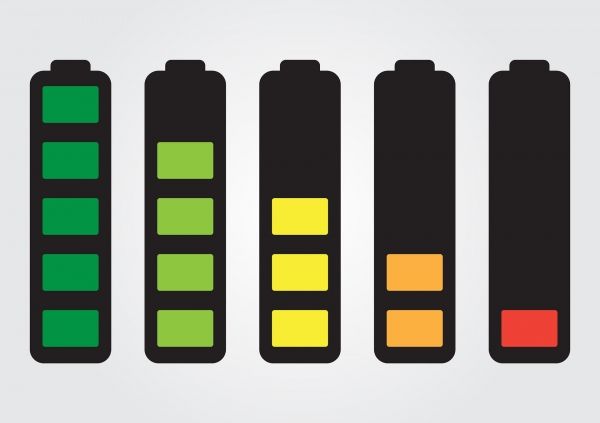Next-generation batteries will probably see the replacement of lithium ions by more abundant and environmentally benign alkali metal or multivalent ions. A major challenge, however, is the development of stable electrodes that combine high energy densities with fast charge and discharge rates. In the journal Angewandte Chemie, US and Chinese scientists report a high-performance cathode made of an organic polymer to be used in low-cost, environmentally benign, and durable sodium-ion batteries.
Lithium-ion batteries are the state-of-the-art technology for portable devices, energy storage systems, and electric vehicles, the development of which has been awarded with this year’s Nobel prize. Nevertheless, next-generation batteries are expected to provide higher energy densities, better capacities, and the usage of cheaper, safer, and more environmentally benign materials. New battery types that are most explored employ essentially the same rocking-chair charging–discharging technology as the lithium battery, but the lithium ion is substituted with cheap metal ions such as sodium, magnesium, and aluminum ions. Unfortunately, this substitution brings along major adjustments to the electrode materials.
Organic compounds are favorable as electrode materials because, for one, they do not contain harmful and expensive heavy metals, and they can be adapted to different purposes. Their disadvantage is that they dissolve in liquid electrolytes, which makes electrodes inherently unstable.
Read more at WILEY
Image credit: Pixabay


